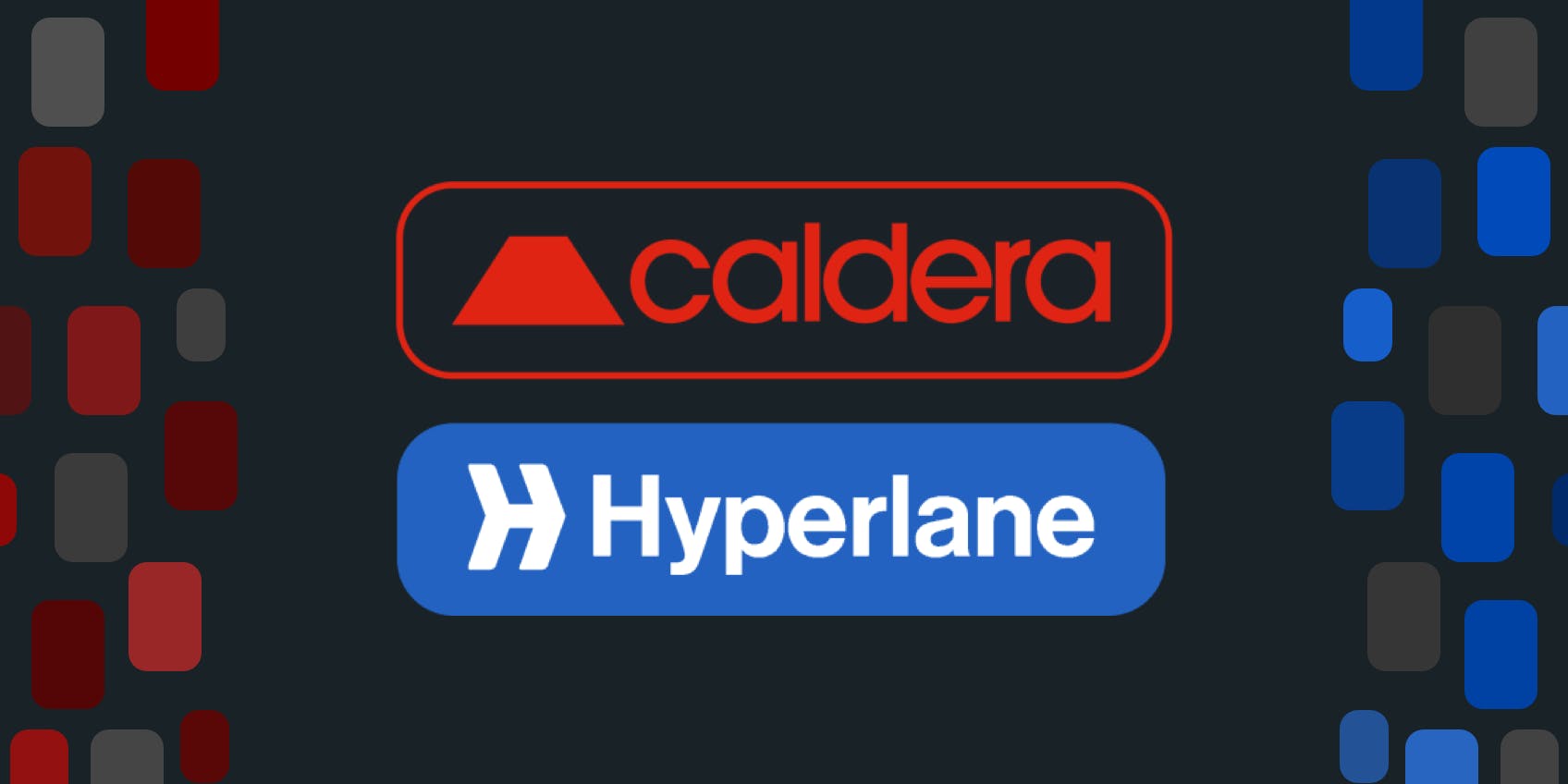Partnering with Hyperlane: Enabling interoperability for Caldera rollups

Ever since we started working on Caldera, we’ve always believed that Caldera chains will be more than just app-specific rollups. We view Caldera chains as an ecosystem of their own, integrating with each other and enabling interesting cross-chain use cases. For this to work, a key issue is Caldera rollups being able to interact and communicate with each other.
This is why we’re super excited to announce our partnership with Hyperlane, bringing permissionless interoperability to Caldera rollups. Hyperlane is an interoperability protocol allowing anyone to enable communication between chains. By deploying Hyperlane on your Caldera rollup, your rollup can now communicate with other Caldera rollups as well as any other layer-1 or layer-2 blockchains supported by Hyperlane. If you’re interested, you can try our Hyperlane bridge between Caldera’s testnet rollups now at https://rollup-bridge.caldera.dev.
How does Hyperlane benefit Caldera rollups?
- Permissionless interoperability: You don’t require any approval or token allocation to deploy Hyperlane on your Caldera rollup, allowing you to now communicate from your Caldera rollup to any other chain of your choice.
- Fast token bridging: In addition to general message-passing, Hyperlane can also be used to deploy a token bridge between Caldera rollups. This unlocks a wide range of use cases, and Hyperlane’s architecture ensures that bridging is fast.
- Customizable security: You can choose the level of security for your Caldera rollup’s Hyperlane bridge, depending on your app’s security requirements.
How does this work?
The Hyperlane protocol is powered by a group of decentralized agents: validators, relayers, and watchtowers.
- A Hyperlane mailbox contract is deployed on the origin and destination chain.
- Validators wait for messages on the origin chain’s mailbox and sign its Merkle root. They then post their signature in highly available storage (i.e. an S3 bucket).
- Relayers read these signatures and deliver the messages to their recipient on the destination chain.
- The mailbox contract on the destination chain finally verifies each message using a security policy which can be customized.
- Watchtowers identify any malicious behavior from validators (i.e. censoring or falsifying messages). If fraud is detected, a watchtower submits evidence to the origin chain, slashing the validator and hence deterring malicious behavior.
This architecture is particularly useful because you can choose a security policy for your rollup’s Hyperlane bridge based on your app’s security requirements. For example, if you would like higher security then you can have a committee of multiple validators to sign messages, but if your application’s security requirements aren’t as high then you could deploy a bridge with a single validator and relayer. One thing to note is that Hyperlane has not implemented fraud proofs to slash validators yet, but this is expected to be integrated into the protocol soon.
Bridge between Caldera Testnet Rollups
We have deployed a USDC bridge using Hyperlane between our Testnet Caldera rollups on Polygon and Ethereum Goerli. You can try out the testnet bridge here: https://rollup-bridge.caldera.dev.

If you don't already have USDC on Caldera's testnet Polygon rollup, you can use the Polygon rollup's native bridge to bridge USDC from Polygon mainnet to Caldera's testnet Polygon rollup.
Deploy a Hyperlane bridge for your Caldera rollup
Caldera chains are running on mainnet: reach out to us if you’d like to deploy a bridge between your Caldera rollup and another Caldera rollup or L1/L2 chain! We’re happy to support you with a customized security policy and a functional web UI for your Hyperlane bridge as well.

